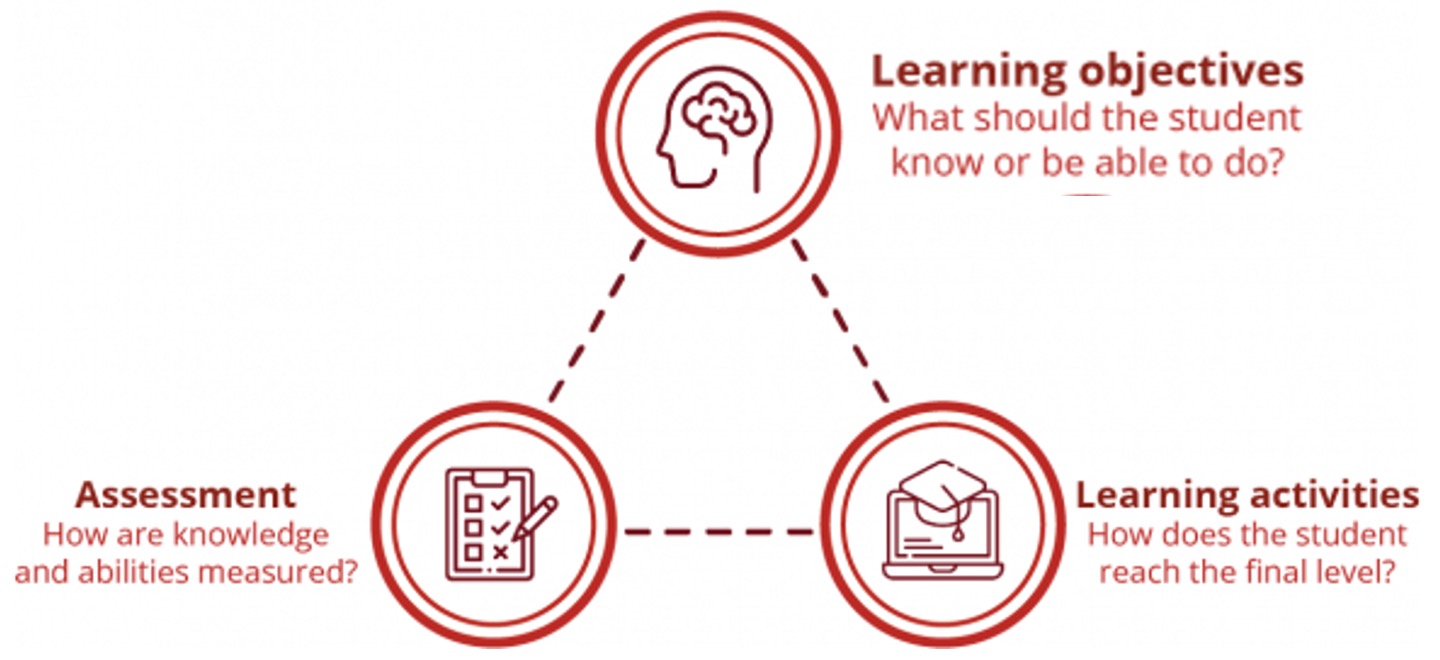Continuing the series, I want to show why I think Constructive Alignment falls short – and how I would fix it.
Always start with the WHY.
Maybe there are teachers who teach in order to teach. Fair enough. But as a scientific and engineering oriented guy, I’ve always thought teaching has a very applied aspect. In this context (and I admit it is not the only one!) students should be getting skills and abilities that they can use in real world situations.
So in this blog, let’s focus on an IT student that graduates from an IT program and joins the IT industry. Working in this IT industry will require knowledge that she has learned. Probably there are existing maturity models that can classify this situation, but this one seems pretty reasonable to me:
Now if you jump back to my first blog about Constructive Alignment, perhaps you can see where my discomfort is beginning. Constructive Alignment seems to be a very practical tool; indeed, the whole “didactical” world seems to love it! It clearly connects learning outcomes with learning activities and learning measurements.
But to my the most fundamental and important point of dissatisfaction: a connection between learning outcomes and real-world skills and abilities — in other words, the WHY for learning — is missing!
More on this in my next blog.





